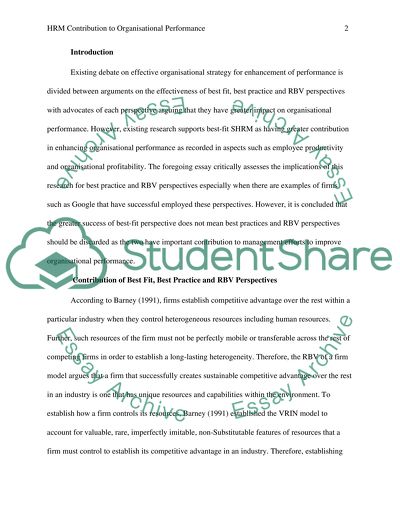Cite this document
(“Strategic HRM Essay Example | Topics and Well Written Essays - 3000 words - 1”, n.d.)
Retrieved from https://studentshare.org/human-resources/1674300-strategic-hrm
Retrieved from https://studentshare.org/human-resources/1674300-strategic-hrm
(Strategic HRM Essay Example | Topics and Well Written Essays - 3000 Words - 1)
https://studentshare.org/human-resources/1674300-strategic-hrm.
https://studentshare.org/human-resources/1674300-strategic-hrm.
“Strategic HRM Essay Example | Topics and Well Written Essays - 3000 Words - 1”, n.d. https://studentshare.org/human-resources/1674300-strategic-hrm.


